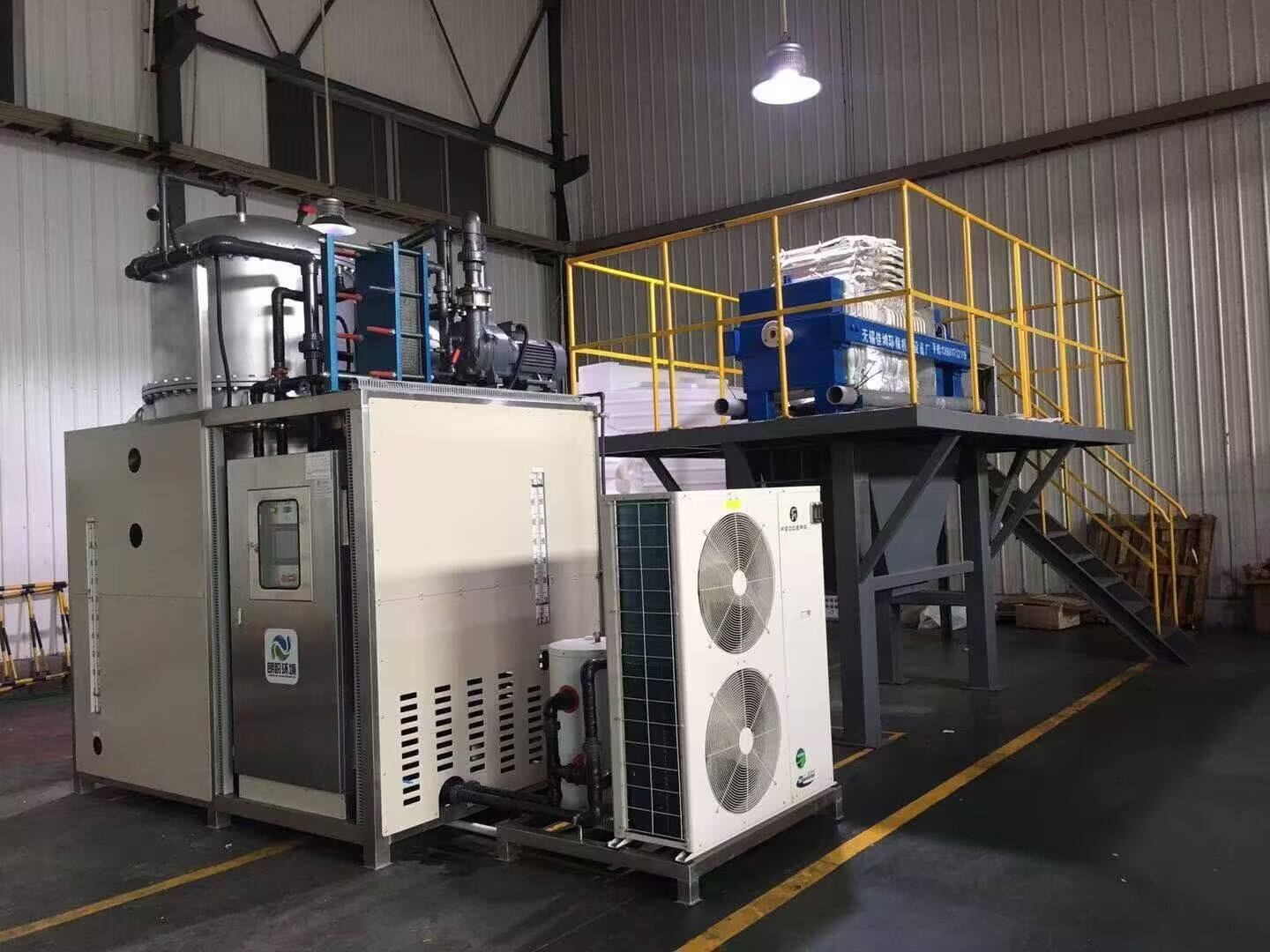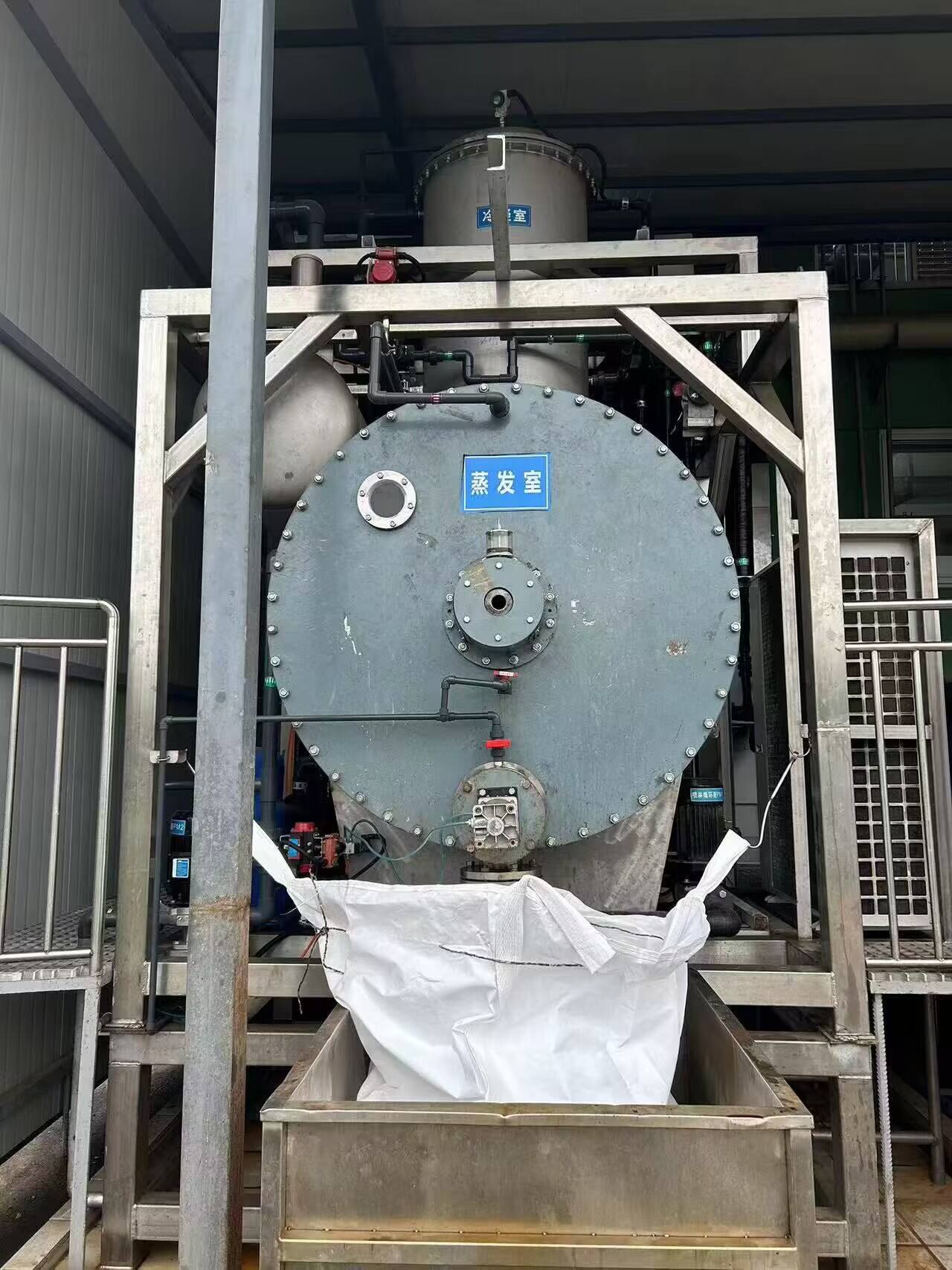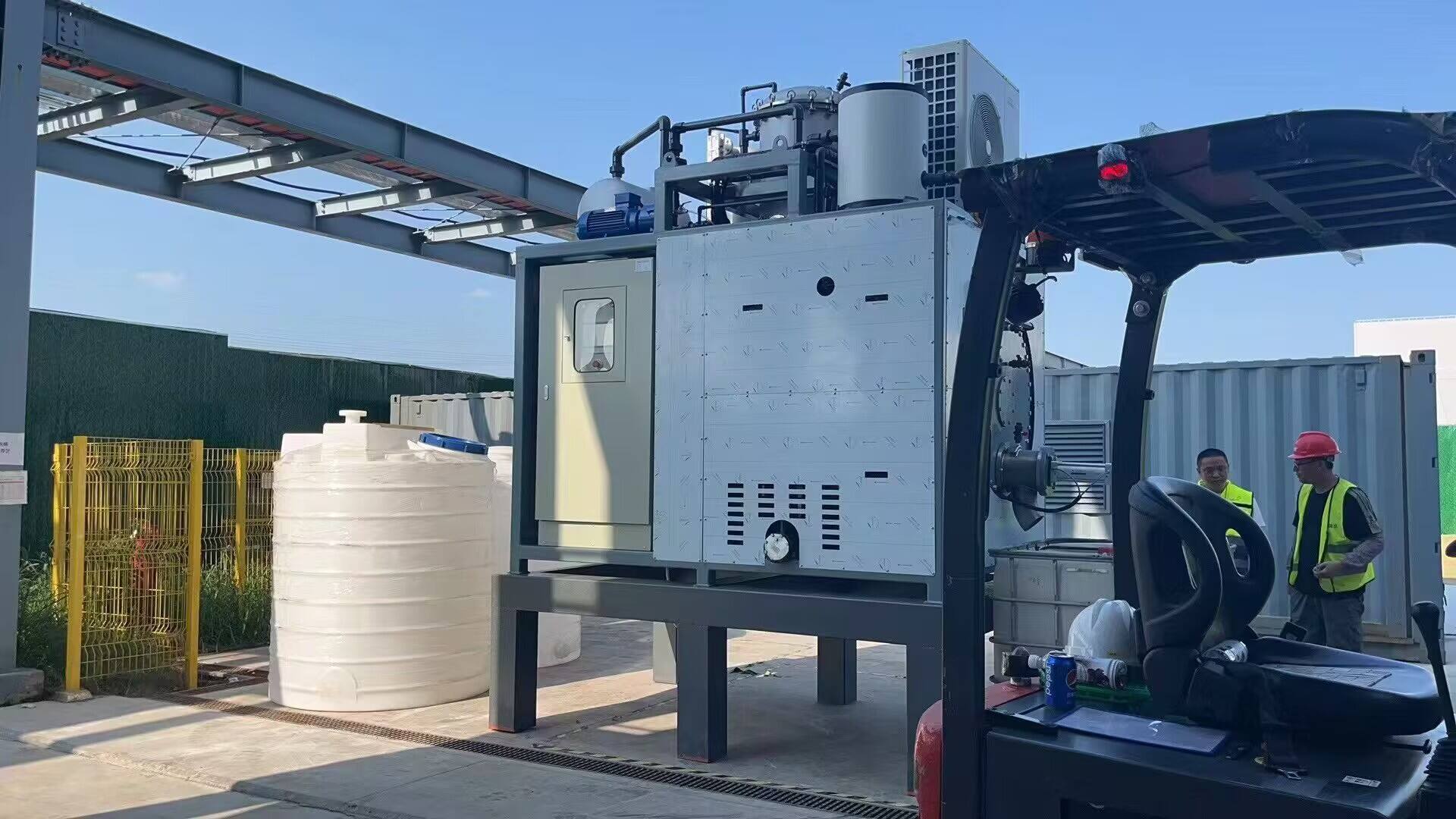wastewater treatment in pharmaceutical industry
Wastewater treatment in the pharmaceutical industry is a critical process that ensures environmental compliance and sustainable manufacturing practices. This specialized treatment system addresses the unique challenges posed by pharmaceutical effluents, which often contain complex organic compounds, active pharmaceutical ingredients (APIs), and various chemical residues. The treatment process typically involves multiple stages, including primary treatment for removing solid particles, secondary biological treatment for breaking down organic matter, and advanced tertiary treatment using technologies such as membrane filtration, advanced oxidation, and activated carbon adsorption. These systems are designed to handle high-strength wastewater with varying pH levels and chemical compositions while ensuring the complete removal of pharmaceutical compounds that could pose environmental risks. Modern pharmaceutical wastewater treatment facilities incorporate automated monitoring systems, real-time analysis capabilities, and sophisticated control mechanisms to maintain optimal treatment conditions. The process not only focuses on meeting regulatory requirements but also emphasizes water recovery and reuse opportunities, making it an integral part of sustainable pharmaceutical manufacturing.


